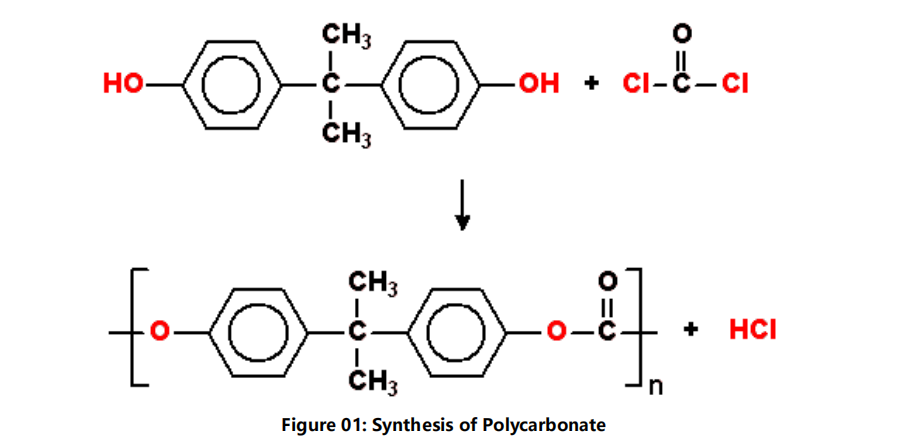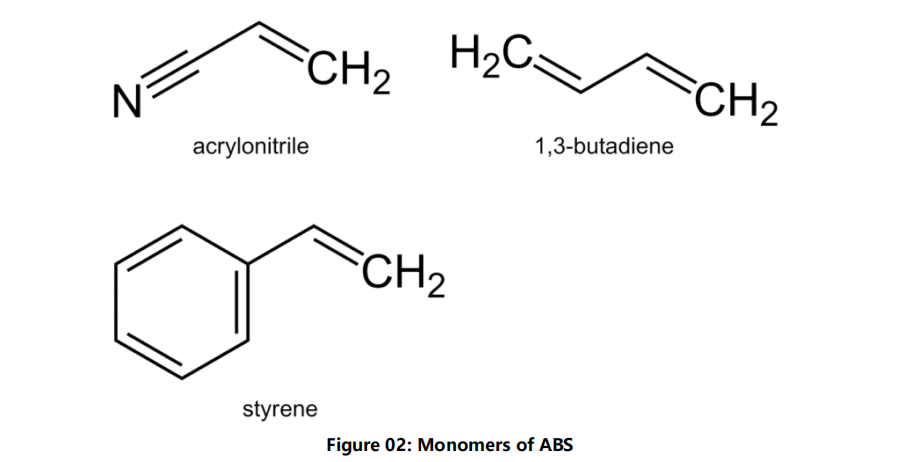What is the difference between ABS and PC material?
What is Polycarbonate?
Polycarbonate is an amorphous polymer with excellent transparency, high hardness, and excellent impact resistance. Moreover, it has excellent creep resistance and very good dimensional stability. Most importantly, polycarbonate is high-temperature resistant (over 120 C); thus, it is suitable for
items that undergo frequent steam autoclave sterilization. In addition, this thermoplastic has good electrical characteristics and self-extinguishing properties. Polycarbonate is produced by melt polycondensation of bisphenol A and diphenyl carbonate. It can be processed by injection moulding,
and by extrusion blow-moulding.
Transparent polycarbonate films are used to make lenses, windshields, containers, light fittings, compact discs (CD), and appliance parts. Its high temperature resistant property has been considered when making hot-dish handlers, coffee pots, hair dryers and other appliance housings. Moreover, it
supplies excellent impact and flexural properties for pump impellers, helmets, small appliances, trays, aircraft parts, beverage dispensers and certain packaging applications. The structure of polycarbonate chain can be changed by the addition of various radicals as side groups or replacing the benzene
ring by carbon atoms. The disadvantages of polycarbonate include its high processing temperature, poor alkalineresistance, requirement of ultraviolet stabilization, and poor aromatic solvent resistance. Polycarbonate can be blend with ABS for various applications.

What is ABS?
ABS thermoplastic resins is composed of three kinds of monomers: acrylonitrile, butadiene, and styrene. It is a blend of all these three monomer units. Each monomer type has its own properties. For example, acrylonitrile provides chemical and fatigue resistance, hardness, and melt strength, while
butadiene provides good impact resistance. Moreover, styrene provides heat resistance, processability, color and hardness. Therefore, ABS has a unique set of properties including impact resistance, good processability, good mechanical properties, high heat distortion temperature, and gloss property. These properties make ABS to be used in a broad field of applications, including piping and fittings, instrument and appliance housings, tool housings such as hand drills, electric screw drivers, automotive instrument panels and home appliances.
Mass and emulsion polymerization and mass suspension method are widely employed to produce grafted ABS. Flame-retardant ABS are produced by addition flame retardant (halogen-based organic compound), impact modifier, stabilizer, and lubricant. Flame-retardant ABS are widely used as mcomponents of automation equipment such as printers, copiers and various kinds of office electronics. Extrusion of ABS are used to make inner door cabinets of refrigerators, bathtubs, and door covers.

Properties
Polycarbonate has excellent creep resistance, very good dimensional stability, good electrical characteristics, self-extinguishing properties, excellent impact, and flexural properties.
ABS has impact resistance, good processability, good mechanical properties, high heat distortion temperature, and gloss property.
Applications
Polycarbonate is used for the manufacture of lenses, windshields, containers, light fittings, compact discs
(CD), pump impellers, helmets, small, appliances and trays.
ABS is used for the manufacture of piping and fittings, instrument and appliance housings, components of office automation equipment, inner door cabinets of refrigerators, bathtubs, and door covers.
Hardness and Flexibility
Polycarbonate is extremely hard, brittle and not flexible. ABS is hard and flexible due to rubbery part.
Processability
Polycarbonates require high temperatures to process, so their processability is low. ABS has good processability.
